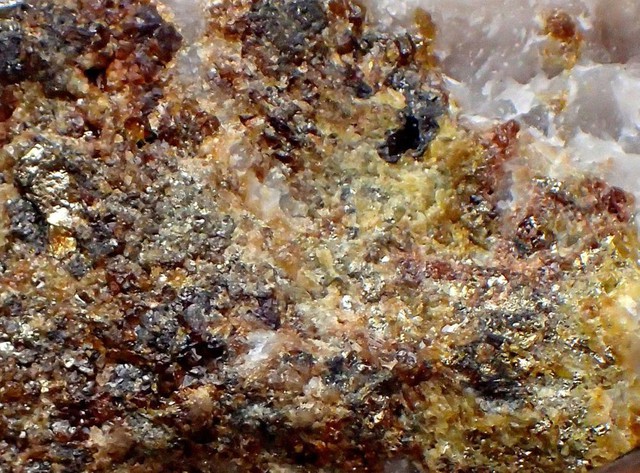Works of tens of millions of years
An international team of scientists has discovered a huge gold deposit in northern China formed from liquid magma mixed with rainwater, a process different from gold found elsewhere in the world. .
The special thing in the new gold mine
A study of this strange gold mine in northern China was published on May 3. An international team of scientists has detailed the geological process they discovered.
While other gold mines formed billions of years ago, the gold deposits on the North China crater formed about 140 to 120 million years ago.
In particular, it is made from a very special process: magmatic liquids mixed with rainwater, a process unlike the gold found elsewhere in the world.
“Magma fluids are relayed from the magma chamber below. Fault and fault activity facilitate the uplift of the magma fluid, which then mixes with rainwater resulting in gold deposition,” part of the study. write study.
The researchers say their findings could help with the search for gold resources by identifying areas that suggest magmatic fluid activity derived from the mantle in the past forming aggressive rock. similar to this northeast China crater, home to one of the world’s largest gold deposits.
Gold mines, the world’s main source of precious metals, are created primarily from metamorphic fluids when they boil or interact with wall rock.
In China, “the world-class Dongpeng gold mine has been formed by multiple pulses of magmatic hydrothermal fluids and their mixing with large amounts of meteoric water,” the team wrote in the study. .
“Continuous pulses of magmatic fluid emanate from the magma chamber below. Faults and faults such as pipelines allow magma-derived fluids to ascend and then mix with water. giant gas, processes that lead to gold deposition,” they said.
Opportunity… golden
This study opens up many research opportunities.

The gold mines on the North China crater were only formed about 140 to 120 million years ago.” Photo: Fan Gaohua
The researchers – from the China University of Geosciences, the Chinese Academy of Sciences, the University of Wisconsin – Madison in the US and the German Geosciences Research Center – published their results in the journal Proceedings of the National Academy.
Much of northern China – including what is now Beijing, Tianjin, and around Hebei province – rests on an ancient and stable portion of continental crust that has survived mergers and divisions. separated continents and supercontinents for at least 500 million years.
One of the study’s authors, Li Jianwei, now Dean and professor of the school of soil resources at China University of Geosciences in Wuhan, said that although the liquid source and gold formation process in Dong Binh mine is different from other craters in the world, the composition of metal shows no fundamental difference.
“The gold mines in China are much younger than those developed in other craters around the world,” he added.
“While the gold deposits in other craters mainly formed between 2.8 and 2.5 billion years ago and 2.1 to 1.8 billion years ago, the gold deposits in the North China crater shaped formed about 140 to 120 million years ago.
The Northern China Crater, 1.5 million square kilometers wide, is one of the oldest deposits in the world and at the same time, a rich source of ancient rock.
at Blogtuan.info – Source: cafebiz.vn – Read the original article here



